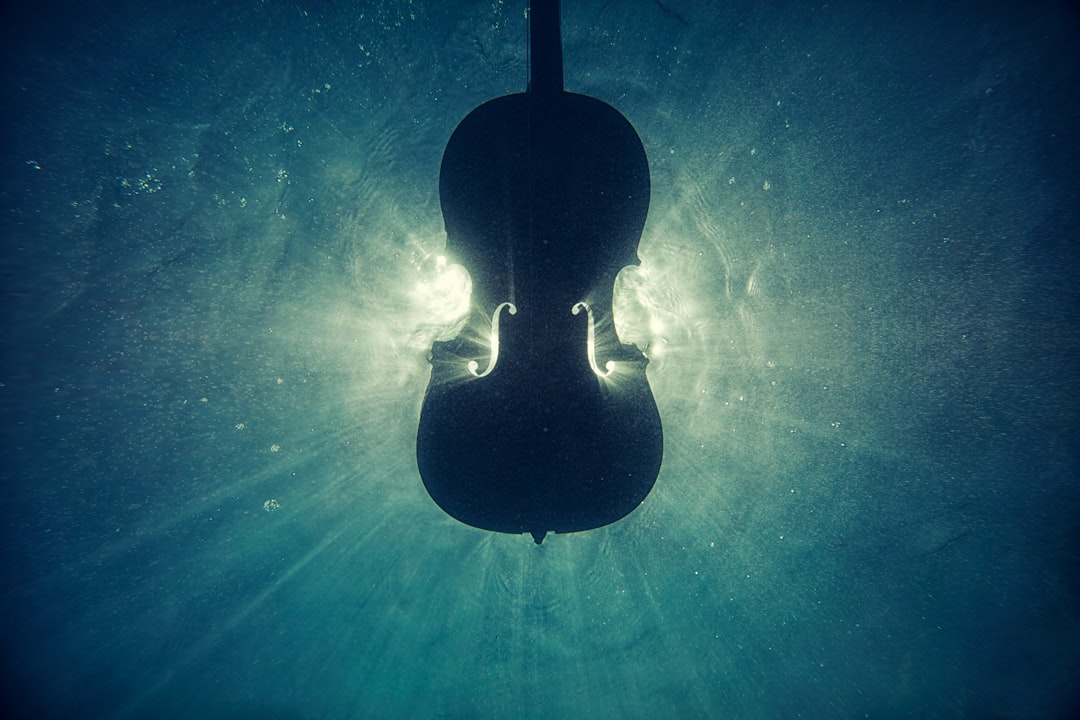All Nonfiction
- Bullying
- Books
- Academic
- Author Interviews
- Celebrity interviews
- College Articles
- College Essays
- Educator of the Year
- Heroes
- Interviews
- Memoir
- Personal Experience
- Sports
- Travel & Culture
All Opinions
- Bullying
- Current Events / Politics
- Discrimination
- Drugs / Alcohol / Smoking
- Entertainment / Celebrities
- Environment
- Love / Relationships
- Movies / Music / TV
- Pop Culture / Trends
- School / College
- Social Issues / Civics
- Spirituality / Religion
- Sports / Hobbies
All Hot Topics
- Bullying
- Community Service
- Environment
- Health
- Letters to the Editor
- Pride & Prejudice
- What Matters
- Back
Summer Guide
- Program Links
- Program Reviews
- Back
College Guide
- College Links
- College Reviews
- College Essays
- College Articles
- Back
An Encounter with Wagner
Why do you think we feel certain emotions when we listen to classical music? For a long time, I yearned to find the answer to this question. At first I thought I knew the answer, but soon I realised I did not. I told myself, "If you can't answer this question, you'll never be able to truly enjoy classical music." It was only when I came upon one great piece of music did I finally find some insight to the answer.
I never expected a story about desire and magical love potions to be the subject of a music theory lesson, but one day, my music theory teacher introduced us to an opera called Tristan und Isolde by the German composer Richard Wagner. He played for us the prelude to the opera and the first thing I heard was a strange, dissonant chord. What captured me was that it was not just a disturbing clash, but something that triggered another emotion deep down. With a brand new passion for the topic, I eagerly studied the plot line of the opera. I learned that it was a tragic love story between a prince called Tristan and a princess called Isolde. The chord that I heard was a half-diminished chord, a symbol of Tristan and his desire. So now I finally knew that the emotion the chord gave me was in fact desire. In fact, Wagner wrote the opera partially to express his own emotions and ideas about love and adultery.
I soon realised that this chord contains part of the answer to the question I always wanted to answer. I came to the conclusion that great composers use the properties of chords and other elements of music to craft music that can truly penetrate the hearts of the audience. In the example of Tristan und Isolde, the sound of the half-diminished chord was transformed in Wagner's hand into sounds of desire and lust. This conclusion reminded me of my studies in literature too. In literature, the power of words are also crafted into products that can make the audience feel certain emotions. As we can see, Wagner’s Tristan und Isolde is not much different to works of literature such as Shakespeare’s Romeo and Juliet. The reason works such as these became so appealing to everyone was that their creators have effectively used their form of art to stir up an emotional reaction in the audience and convey universal ideas about our world. In other words, classical music is not a standalone art form, but is also, in a way, interconnected with other arts, like literature and visual arts.
In a way, my encounter with Tristan und Isolde was worth more than a thousand hours of my other musical studies. It was only this time when I truly came to appreciate the power of classical music and thus be able to enjoy it better. Thus, I share my story with you, so you can also see the value of classical music and use it to colour your own life. I only leave one task for you. Go and embrace classical music yourself and inspire others with it. Classical music can only achieve its potential if enough people do this.
Similar Articles
JOIN THE DISCUSSION
This article has 0 comments.


Many believe that classical music is dying and useless. However, this article will take you on a journey where you will meet the great composer Richard Wagner and step into the world of Tristan und Isolde. Here, you will see the power of classical music and come to see it as a universal art form that is interesting and relevant to everyone.